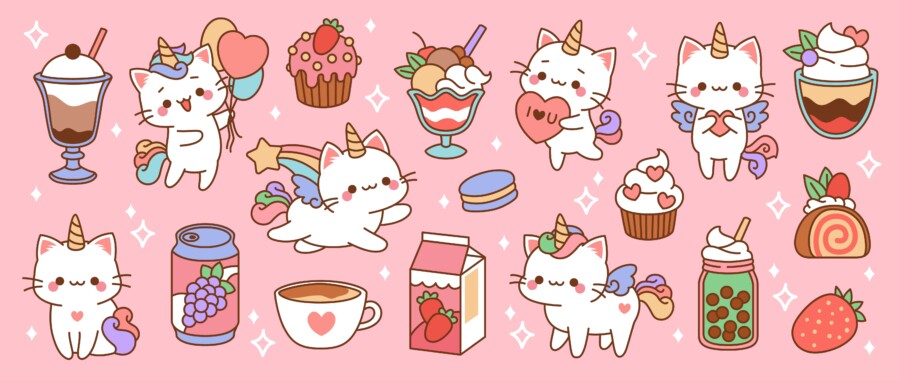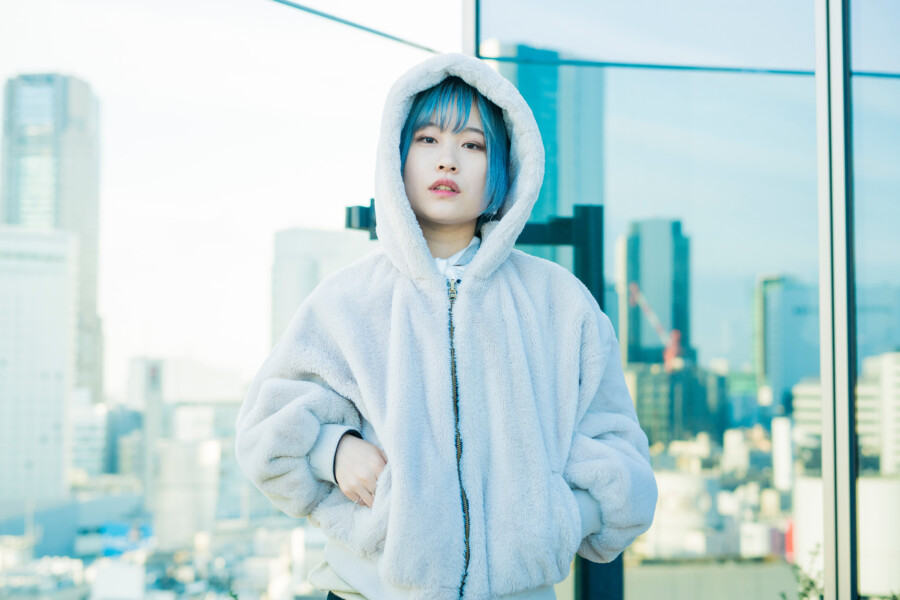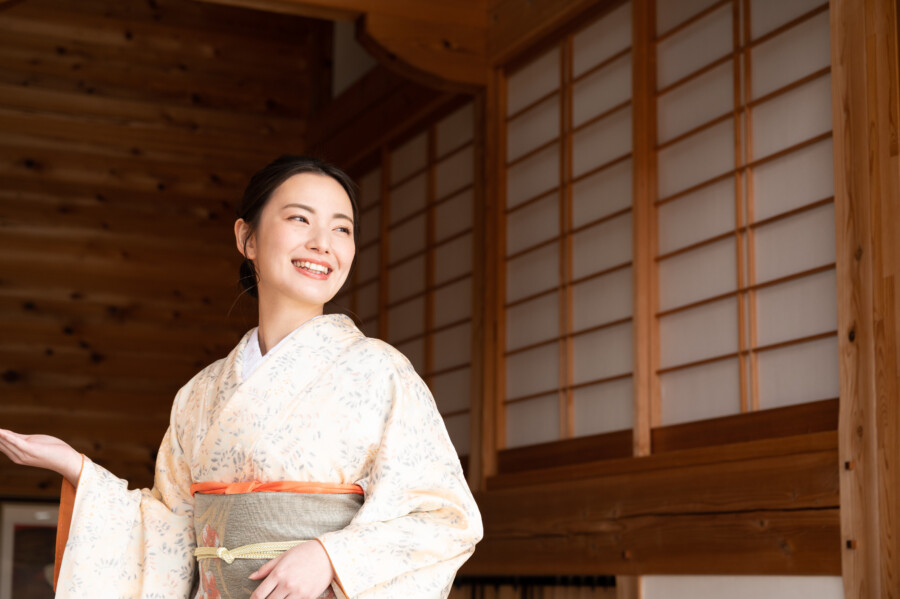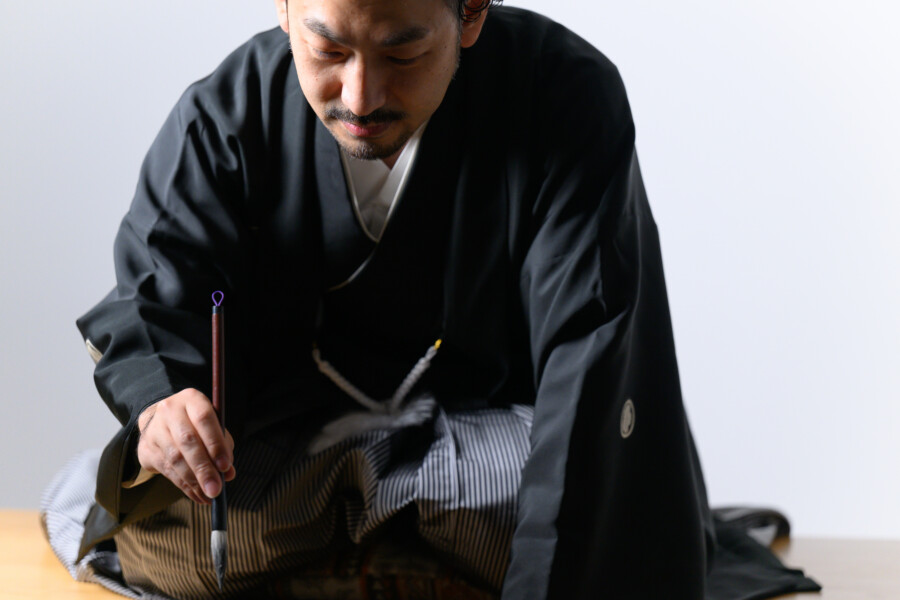
Kawaii vs. Kakkoi: Cute vs. Cool in Japanese Branding and When to Use Each
In Japan, two distinct aesthetics—kawaii (cute) and kakkoii (cool)—form the heart of many branding strategies. While “kawaii” might evoke images of adorable mascots, pastel color schemes, and gentle, welcoming vibes, “kakkoii” brings to mind sleek designs, cutting-edge technology, and an effortless sense of style. The contrast between these two approaches can be stark, and each has its own unique cultural significance. For Western marketers or global brands seeking to tap into Japan’s diverse consumer base, understanding how and when to use kawaii versus kakkoii can make all the difference in capturing the right audience.
In this blog post, we’ll explore the meaning of these two concepts, the cultural context behind them, and how brands (both Japanese and international) can decide which style best suits their message. We’ll also look at successful examples of each and offer tips on blending elements from both to create a more nuanced brand identity. Let’s dive in!
What Does “Kawaii” Mean?

At its core, kawaii (可愛い) literally translates to “cute,” but in Japan, the word encompasses more than just an aesthetic descriptor. Kawaii culture embraces sweetness, innocence, and a sense of whimsy. It’s about creating warmth and approachability, whether through brand messaging, visual design, or character-driven marketing.
Key Characteristics of Kawaii:
- Soft Color Palettes: Think pastel pinks, blues, and yellows, often combined in gentle, harmonious ways.
- Rounded Shapes: Kawaii designs tend to favor rounded edges, which evoke a sense of softness and playfulness.
- Character Focus: Cute mascots or brand characters with big eyes and emotive faces are central to many kawaii-driven campaigns.
- Childlike Wonder: Innocence and a slight sense of naiveté play a big role, making it approachable across age groups.
From global giants like Sanrio (the creator of Hello Kitty) to local tourism offices with friendly cartoon mascots, kawaii branding has become a staple in Japan, spreading across sectors from fashion to food. Often, the goal is to establish an endearing emotional bond, encouraging customers to feel comforted or amused whenever they encounter the product or service.
What Does “Kakkoii” Mean?

On the flip side, kakkoii (かっこいい) typically translates to “cool” in English. This aesthetic emphasizes a modern, stylish, and sometimes edgy appearance. It often highlights innovation, sophistication, or a rebellious streak—something that sets the brand apart as aspirational or forward-thinking.
Key Characteristics of Kakkoii:
- Bold Visuals: Strong, contrasting colors or monochromatic palettes dominate, aiming to leave a lasting impression.
- Sleek Design: Kakkoii often involves minimalistic but powerful shapes, futuristic elements, or visually striking typefaces.
- Confidence and Style: Brands leaning into kakkoii positioning often exude self-assurance and set trends rather than follow them.
- Cutting-Edge Messaging: It can be about technology, high fashion, or creativity that pushes boundaries and redefines norms.
Examples of kakkoii branding range from streetwear fashion labels to high-tech electronics companies. These brands are typically associated with urban, dynamic environments—imagine Tokyo’s Shibuya or Shinjuku districts, filled with dazzling neon signs and fast-paced energy.
Cultural Context: Why They Matter in Japan
Both kawaii and kakkoii go beyond simple design preferences; they reflect deeper cultural values. Kawaii captures Japan’s longstanding appreciation for harmony, politeness, and a certain lighthearted escapism. Meanwhile, kakkoii underscores the country’s love for technological advancement, efficiency, and an urban sense of chic.
It’s also worth noting that people in Japan can simultaneously enjoy both aesthetics without feeling a contradiction. A teenager in Tokyo might collect adorable mascot keychains and also be passionate about the latest cutting-edge sneaker release. This duality is a key insight: the Japanese market doesn’t see cuteness and coolness as mutually exclusive. Instead, they’re complementary facets of a dynamic cultural landscape.
For international brands hoping to succeed in Japan, an understanding of when and how to leverage each style—or even combine them—is vital. Pitch something too cute to an audience that craves innovation, and you may lose their interest. Conversely, try to be overly edgy when your brand’s success depends on warmth and friendliness, and you may alienate potential customers who were looking for a gentler touch.
When to Use Kawaii
- Targeting a Younger Demographic
If your product or service is aimed at children or teens, a kawaii approach can be highly effective. Soft, friendly visuals and adorable characters resonate powerfully with younger audiences, who often see these designs as expressions of their identity. - Fostering Approachability and Warmth
For brand messaging that requires a comforting, reassuring tone—such as health, wellness, or family-oriented services—kawaii can provide an inviting atmosphere. Customers dealing with potentially stressful issues may be put at ease by friendly, cute visuals and messaging. - Lighthearted or Entertaining Campaigns
If your main objective is to amuse, delight, or create viral buzz, kawaii can be a strong catalyst. People love sharing cute designs on social media, and an endearing campaign might quickly spread through hashtags, user-generated content, or influencer partnerships. - Collectible Merchandise
Kawaii culture thrives on collectibles. If your business model includes limited-edition goods or small items customers can accumulate, a kawaii angle might encourage repeat purchases and fan loyalty.
When to Use Kakkoii
- Appealing to Trendsetters or Early Adopters
If your target market is tech-savvy or fashion-forward, a kakkoii approach can help your brand stand out. Edgy or minimalist designs capture attention, and these consumers often pride themselves on being ahead of the curve. - Promoting Innovation and Quality
For brands emphasizing cutting-edge features or superior craftsmanship—like electronics, automotive, or premium skincare—kakkoii visuals and messaging highlight sophistication and reliability. - Lifestyle Positioning
If you’re selling a lifestyle or identity (think luxury streetwear or performance sportswear), kakkoii branding helps create an aspirational image. Your audience sees themselves as part of an exclusive, stylish community. - International Expansion with a Cool Edge
Global companies often use kakkoii elements to reinforce a modern, tech-forward image. It can bridge cultural gaps, as “cool” is universally appealing, especially among urban consumers.
Blending Kawaii and Kakkoii

While these two aesthetics might seem like polar opposites, brands in Japan frequently blend them. Combining soft, charming elements with sleek, modern design can create something truly unique. For instance, a fashion brand might have edgy silhouettes but feature pastel color accents or playful mascots in store signage. This hybrid approach can reach a wider audience, offering both friendly accessibility and trendsetting style.
Possible Blending Strategies:
- Collaborations: Work with artists or other brands that represent the opposite aesthetic. This can attract fans from both sides.
- Seasonal or Limited Editions: Experiment with kawaii designs for special collections while keeping your core brand identity more cool or vice versa.
- Segmented Marketing: Create different product lines—one leaning kawaii, another leaning kakkoii—and let your customers decide which resonates best.
Practical Tips for International Brands
- Research Your Audience Thoroughly
Before deciding on kawaii or kakkoii, spend time studying your target demographic’s interests, online behavior, and lifestyle. Conduct focus groups if possible, or leverage local influencers to gain insights into consumer preferences. - Work with Local Designers
Collaborating with Japanese design teams or agencies can ensure authenticity. They can guide you on cultural nuances—like how a particular color or shape might be interpreted—and help you avoid missteps. - Balance Localization and Brand Consistency
Even if you decide to adopt kawaii or kakkoii elements, make sure you remain true to your brand’s core values and identity. An abrupt or poorly executed shift in style could confuse your existing global audience. - Stay Current
Trends within kawaii and kakkoii culture evolve quickly. Keep an eye on new subcultures emerging from Japan’s fashion, music, and pop-culture scenes. Being adaptive can keep your brand fresh in a fast-paced market. - Test on Social Media
If you’re unsure about going full kawaii or kakkoii, experiment with smaller campaigns or social media posts. Evaluate the engagement and feedback to see which direction resonates more with your followers.
Conclusion
In Japan’s diverse and often nuanced cultural landscape, kawaii and kakkoii stand out as powerful branding tools. While kawaii leans on charm and approachability, kakkoii speaks to sophistication and forward momentum. Choosing the right aesthetic—or cleverly combining both—can significantly impact how your brand is perceived in a market that values both tradition and innovation.
If you’re looking to launch or refine your brand in Japan, take the time to immerse yourself in the local culture, seek expert advice, and remain flexible. Kawaii vs. Kakkoii doesn’t have to be an either/or proposition; sometimes the most memorable campaigns are those that tastefully blend cute and cool into an unforgettable brand experience.











